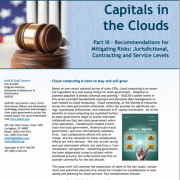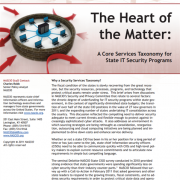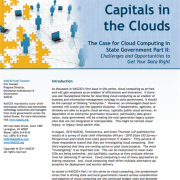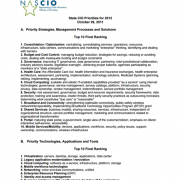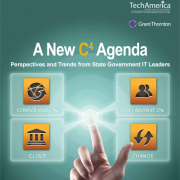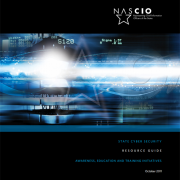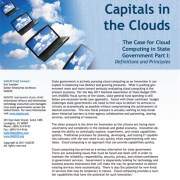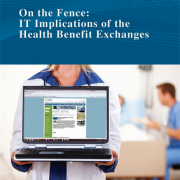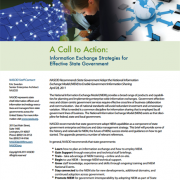Capitals in the Clouds Part III – Recommendations for Mitigating Risks: Jurisdictional, Contracting and Service Levels
Cloud computing will continue to be an invaluable resource for state and local governments in their efforts to rationalize and optimize computing resources. Cloud computing should be seen as an IT innovation that can support rationalization and optimization of business services as well as IT services. Due diligence prescribes the necessity of exploring and evaluating jurisdictional issues in order to ensure long term sustainability and growing adoption of collaborative government operations in state and local government.

